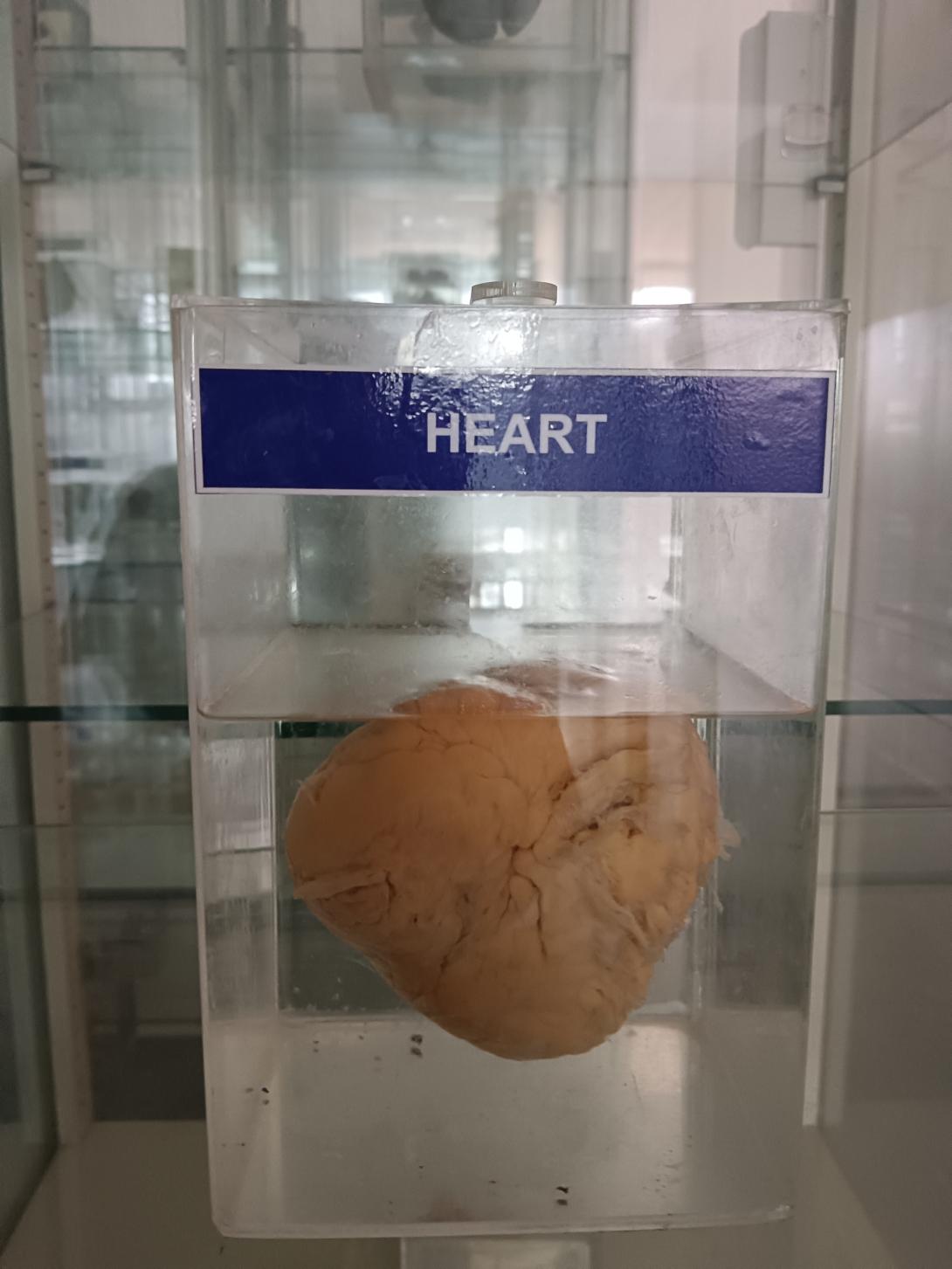Clinical anatomy of the heart refers to the study of the heart and its surrounding structures as they relate to the diagnosis and treatment of heart conditions. Some important aspects of clinical anatomy of the heart include:
Coronary circulation: The heart is supplied with oxygen and nutrients by the coronary arteries, which branch off from the aorta. Blockages or narrowing of these arteries can lead to a heart attack.
Cardiac conduction system: The heart has a specialized system of cells that generate and conduct electrical impulses, which regulate the heartbeat. Problems with this system can cause arrhythmias, or abnormal heart rhythms.
Heart valves: The heart has four valves that help regulate the flow of blood through the chambers. Malfunctioning valves can cause conditions such as valve stenosis (narrowing) or regurgitation (leakage).
Pericardium: The pericardium is a sac that surrounds the heart and helps protect it from damage. Inflammation of the pericardium, known as pericarditis, can cause chest pain and other symptoms.
Cardiomyopathy: This is a condition in which the heart muscle becomes weakened or enlarged, leading to decreased pumping function. There are several different types of cardiomyopathy, including dilated, hypertrophic, and restrictive cardiomyopathy.
Understanding the clinical anatomy of the heart is important for diagnosing and treating heart conditions. Various diagnostic tests such as electrocardiogram (ECG), echocardiogram, angiography, and cardiac MRI, are used to assess the function and structure of the heart and help guide treatment decisions.

